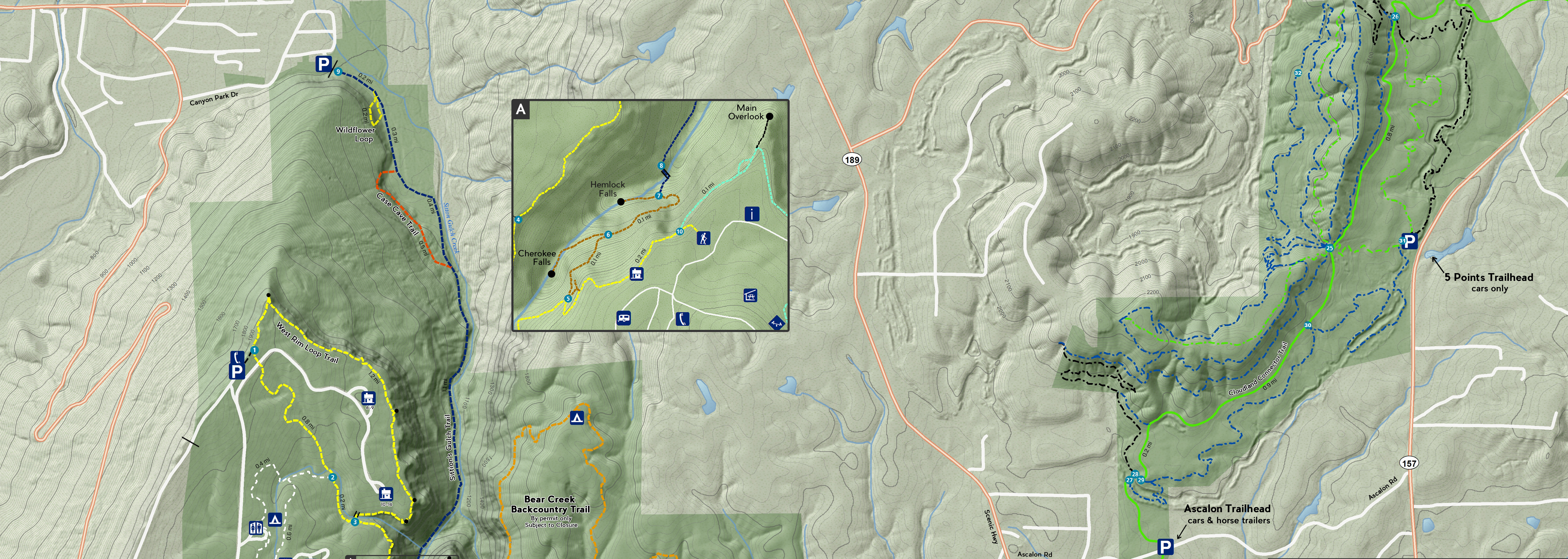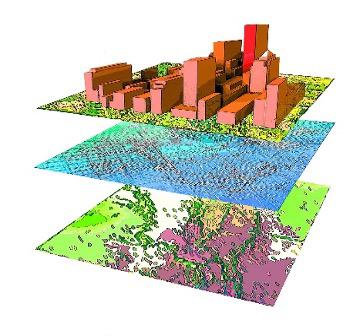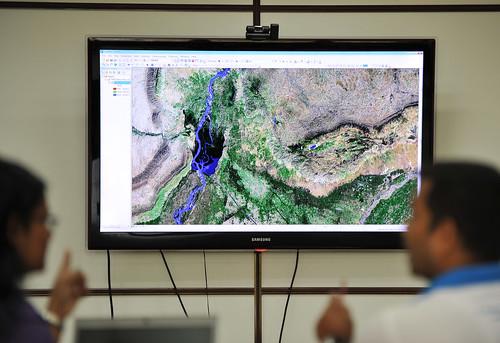Introduction to Geographic Information Systems (GIS) Certificate

Geographic Information Systems (GIS) have applications in nearly all industries and academic disciplines and are essential to our daily lives, whether we work directly with it or use mapping services as citizens. This online continuing education certificate will teach you how to work with GIS effectively, so that your career opportunities may be expanded.
Throughout the self-paced certificate, students will be exposed to GIS fundamentals to build a foundation of knowledge, software and exercises to teach the practical usage, and the opportunity to be creative with mapping and GIS resources. It is our goal to enlighten and empower students with geospatial knowledge and technology, as we observe it continually changing our understanding of the world.
This asynchronous, 8-week professional development certificate was developed by staff from UTC’s Interdisciplinary Geospatial Technology Lab and faculty from the Biology, Geology, and Environmental Science Department. This non-credit certificate is offered through UTC’s Center for Professional Education, available to anyone with basic technical computer skills.
This certificate includes:
- Four self-paced modules, with 5-7 lessons each. (Allow 10-15 hours per week.)
- A final module with examinations and a final project
- Access to ArcGIS Online, ArcGIS Pro software, and the Esri Academy
Course At A Glance
Format:
Online
Length
8 Weeks
Price
$1500. $1200 for UTC students and alumni, and individuals from non-profit organizations. Inquire about coupon codes and group rates.

Who Should Consider this program?*
- Working professionals needing GIS skills for career advancement
- Recently graduated students desiring GIS knowledge/skills for your resume and skill set
- Current students unable to take GIS courses with your curriculum plan
*No previous GIS experience is required, but familiarity with a computer and Windows will be helpful.
What You Will Learn
Topics that will be covered include:
- GIS Fundamentals and History
- GIS data types, spatial models, and geodatabases
- Cartography and geodata visualization principles
- Data collection and mapping techniques
- Remote sensing and satellite imagery analysis
- Spatial data science and geoprocessing tools


By the end of the course, you will understand:
- GIS data mapping, manipulation, and visualization
- How to identify and use GIS data correctly
- Statistical components and accurate data representation
- GIS tools and methods to help find answers to spatial questions
- How to communicate GIS data with maps and applications
GIS is all around us and can be used for:
- Regional Planning
- Conservation Management
- Resource and Utility Management
- Transportation Planning
- Business and Marketing Strategy
- Emergency/Evacuation Planning
- Natural Resource Management
- Logistics and Delivery Routing
… And the list goes on!

What our former students are saying about our program:
The program gave a solid overview of GIS topics and the ESRI assignments were well-chosen. I like that it allowed us to build up great foundational training modules in ESRI which could assist in building a portfolio.
I felt like I learned a lot from both the module content created for the program and from the external assignments. The course manager kept in touch with students regularly and gave a lot of positive reinforcement which was very kind and much appreciated.
The literature was very informative, the lessons were very well written and followable, and hands-on is the best way for me to learn. This program offered plenty of that.
Our next session will begin on October 13, 2025
Register today and add GIS to your skillset!
*** Note: A computer with Windows 10/11 (ideally 11), at least 8GB of RAM, and ~32GB or more of hard drive space are suggested for a better experience. Having high speed internet/broadband access will also enhance your experience. For more information, contact Nyssa Hunt ([email protected]), Charlie Mix ([email protected]) or Dr. Azad Hossain ([email protected]).